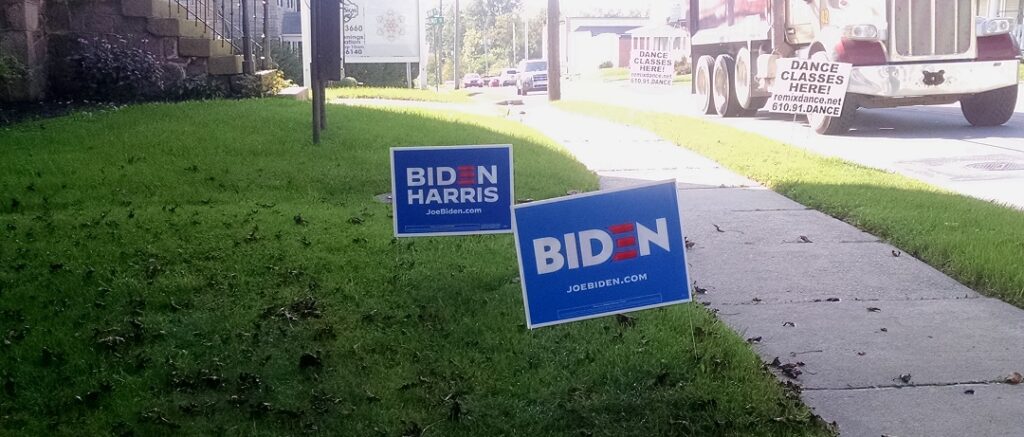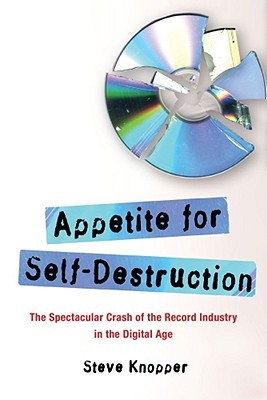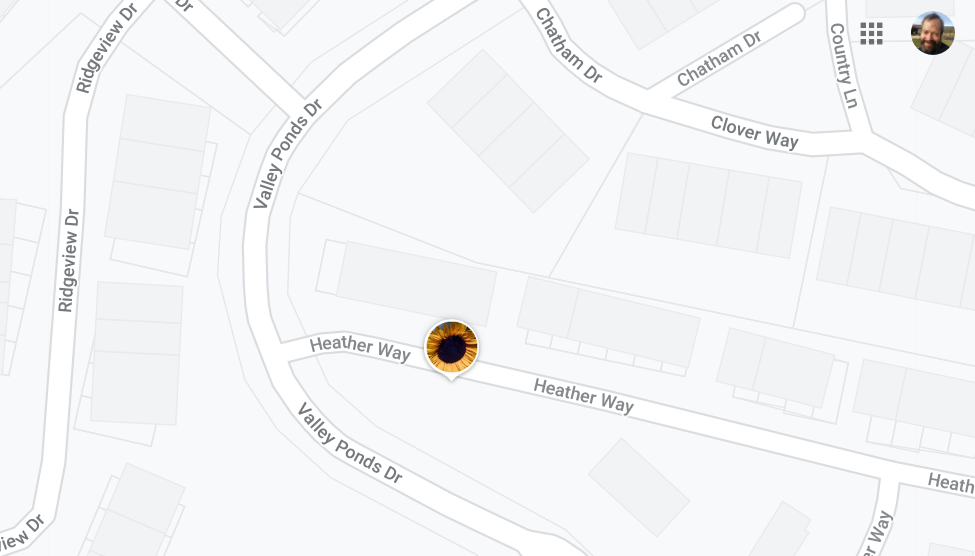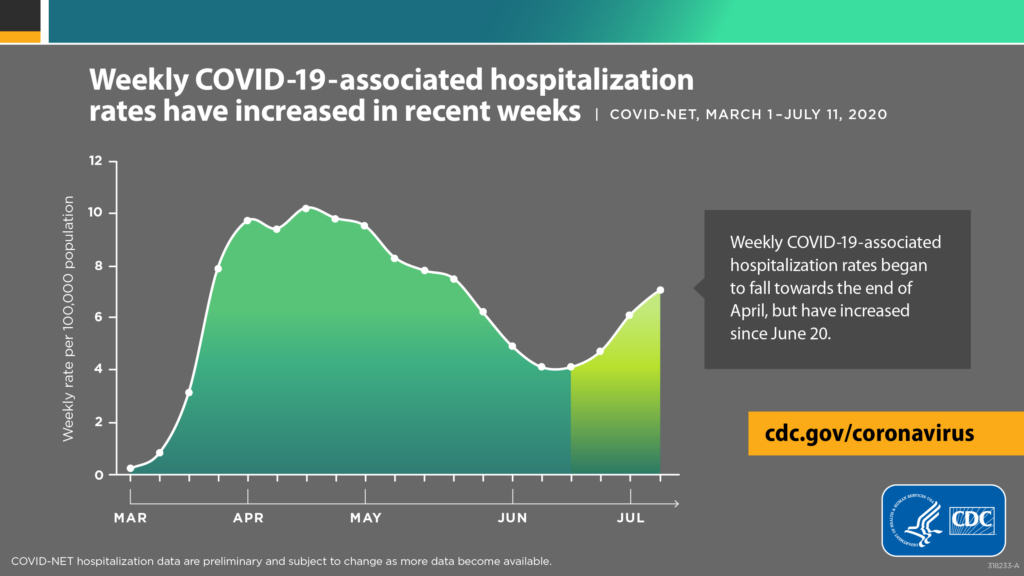The Red-Blue Wars: Twenty Years On
In Strauss & Howe generations theory, there is a concept that the social mood changes as distinct generations pass through the different stages of life. In each social era, there is a distinct generation type occupying each life stage, bringing its collective peer personality into that phase of life and interacting with the other generations to bring about the social mood. This set of generations occupying different life stages is called a “Generational Constellation.”
For example, in a Crisis Era like the one we are in today, the constellation consists of visionary elder Prophets, pragmatic mid-life Nomads, heroic young adult Heroes and suffocated child Artists. I’m using the archetype names here; note how each generational archetype occupies a different life stage: elderhood, mid-life, young adulthood, &c. In our time the archetypes Prophet, Nomad, and Hero would correspond to the Baby Boomers, Generation X, and Millennials, occupying elderhood (60+), mid-life (40s and 50s) and young adulthood (20s and 30s) respectively.
Presumably, in the Crisis Era, the vision provided by the elder Prophets guides the younger generations in overcoming the challenges facing society. The Heroes provide the youthful energy and the Nomads the savvy leadership. Together the generations repair the damage from the preceding decades of civic neglect to bring about a new civic order in accordance with the Prophet vision.
But what if there are two competing visions within the society? That is exactly our situation in the United States, with the partisan divide between the Republican “red zone” and the Democratic “blue zone.” It’s come up on this blog before and in earlier writings of mine – going back twenty years. It’s a deep rift, and so seemingly irreconcilable that there is talk of the country being in a sort of civil war.
It might therefore make sense to speak of two different generational constellations – one red, and the other blue – coexisting and in conflict within society. Each has its own vision of what our values should be, each has its leaders and its followers. Each generation, like the country as a whole, is split between the red zone and the blue zone. So let’s take a look at the two constellations that result.
***

On the red side, the Chief Prophet is clearly the current President. Behind him, other red zone Prophets include the fundamentalist Christian leaders who have accepted the President as the “imperfect vessel” of their agenda, as well as whatever GOP officials remain loyal to him. Their values vision is very similar to that which I listed on the Red Zone vs. Blue Zone chart so long ago – conservative, traditionalist, Christian, capitalist, nationalistic.
Supporting these red zone Idealists is an army of hard boiled Pragmatist Republican office holders. It doesn’t get remarked on much, but Gen Xers in politics lean to the right; it’s like all the blue zone Gen Xers went into other careers (I presume tech and entertainment). These red zone Xers are the disciples of the Reagan Revolution, and are hard core free market capitalists, though less culturally conservative than the red zone Boomers.
The red zone Millennials, whom I will call “Heroes of the Fourth Turning,” after the famous play, include all the groups of young people going out onto the streets to represent red zone values. Among them are the Charlottesville marchers, the pandemic-protesting militias and the Proud Boys coming out to battle antifa. Online, they are the denizens of 4chan and r/the_donald, busily trolling the libs.
Who are these red zone Heroes fighting against? That’s pretty obvious – their blue zone counterparts are the BLM protestors and antifa activists on the streets, and the wokesters driving hasthtag movements and cancel culture online. These Millennials also deserve to be called “Heroes of the Fourth Turning.” It’s like we have two sets of Heroes, that sometimes come out en masse, goaded by their respective media machines, and on rare occasion, even die for their cause.
The blue zone Nomads include a legion of recently politically energized Gen Xers, decrying the current state of affairs on social media and drumming up support for the Democratic Presidential candidate. You probably know some of them; you may even be one of them, like me. Professionally, blue zone Gen Xers are the media personalities parodying the current administration, or, in the more serious formats, deconstructing its failures.
Blue zone Prophets are also major figures in the mainstream media; they’re the ones being insulted and vilified by the current President. The antagonistic nature of the current media environment, with its personal attacks and cries of “fake news,” can be attributed to the combative peer personality of the Boomer generation. It’s such a contrast to the gravitas of the old television medium, when it was run by the GI (Greatest) Generation.
In politics, blue zone Prophets are out of power, many even out of office. From the sidelines, they promulgate a values vision that is progressive, diverse, multicultural, social justice-oriented, and social Democratic. A common theme of their message is how unfairly the economy is structured in the United States, in contrast to how it works in other Western countries. Some kind of structural reform is needed, which will take us in a new direction from the one we’ve been on since the Reagan Revolution.
***
Examining the chart of the red zone vs. the blue zone, which I made almost twenty years ago, and then thinking about the partisan political split today, really underscores how we are at the culmination of the Culture Wars of the last social era. Which side will have its vision prevail in the new order of the ages?
I’d say the red zone has the advantage of a more gelled together constellation, as evidenced by the energy of their rallies. They also are more amenable to authoritarianism, and willing to follow their Dear Leader come hell or high water. But they are in the minority. The blue zone has the majority, but can they leverage that given the unbalanced electoral process? These next few months are crucial for the resolution.
I honestly think that most of the Culture Wars differences are settled, and a lot of the political conflict feels like overblown theater. There is much at stake in the struggle for power, so the leaders keep pushing on the same buttons in their efforts to control the people. But consider the possibility that the true majority is neither red nor blue – after all, more people in 2016 didn’t vote than voted for either Presidential candidate.
It might make sense to speak of a grey zone of neutral non-partisans. What is the grey zone constellation? Washed out Prophets fading away after a lifetime of indulgence, indifferent Nomads hiding from the pandemic, and confused Heroes unsatisfied with either the red or blue visions, waiting for better leadership? If someone could speak to this hidden majority, they might be able to build a new consensus and harness the potential of the Crisis Era generational constellation.
Until then, we’ll continue to frame our political discourse along the tired old lines of the red vs. blue Culture Wars. We’ll do this even as the effects of the Covid-19 pandemic overtake us. If political leaders continue to insist on doubling down on the rhetoric and pressing on the same issues time and again, they will only encourage more and more extreme behavior. Only when the fires of rage have burned themselves out will a new order be able to emerge from the ashes.








